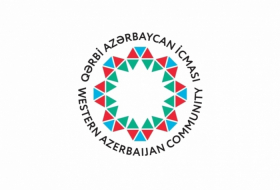"Yet even though Russia seems unlikely to attend, the dynamic within OPEC may yet produce a surprise result, even if it is simply to re-engage with non-OPEC producers to restart talks," added the analysts.
They also believe that with Iran`s production back above its pre-sanctions level of 3.6 million barrels per day (bpd) and closing in on 4 million bpd, it is not wholly unlikely that they could agree to limit output at 4 million bpd in conjunction with similar pledges from other producers.
In particular, the drawdown in Saudi inventories would, in the analysts` view, indicate a degree of reticence on the part of Saudi Arabia to lift the output from the 10.2 million bpd level without some catalyst, e.g. more material outages, or rapidly appreciating prices that undermine its medium-term objectives of forcing the bulk of the adjustment in supply onto high cost producers.
Overall, JP Morgan forecasts the OPEC oil production at 33 million barrels per day in 2016 and 33.2 million barrels per day in 2017.
The last meeting of oil producers in Doha ended without any agreement. The talks on the oil output freeze collapsed after Saudi Arabia surprised OPEC by reasserting the demand that Iran also agrees to cap its oil production.
The next OPEC meeting will be held June 2 in Vienna.
More about:
















































